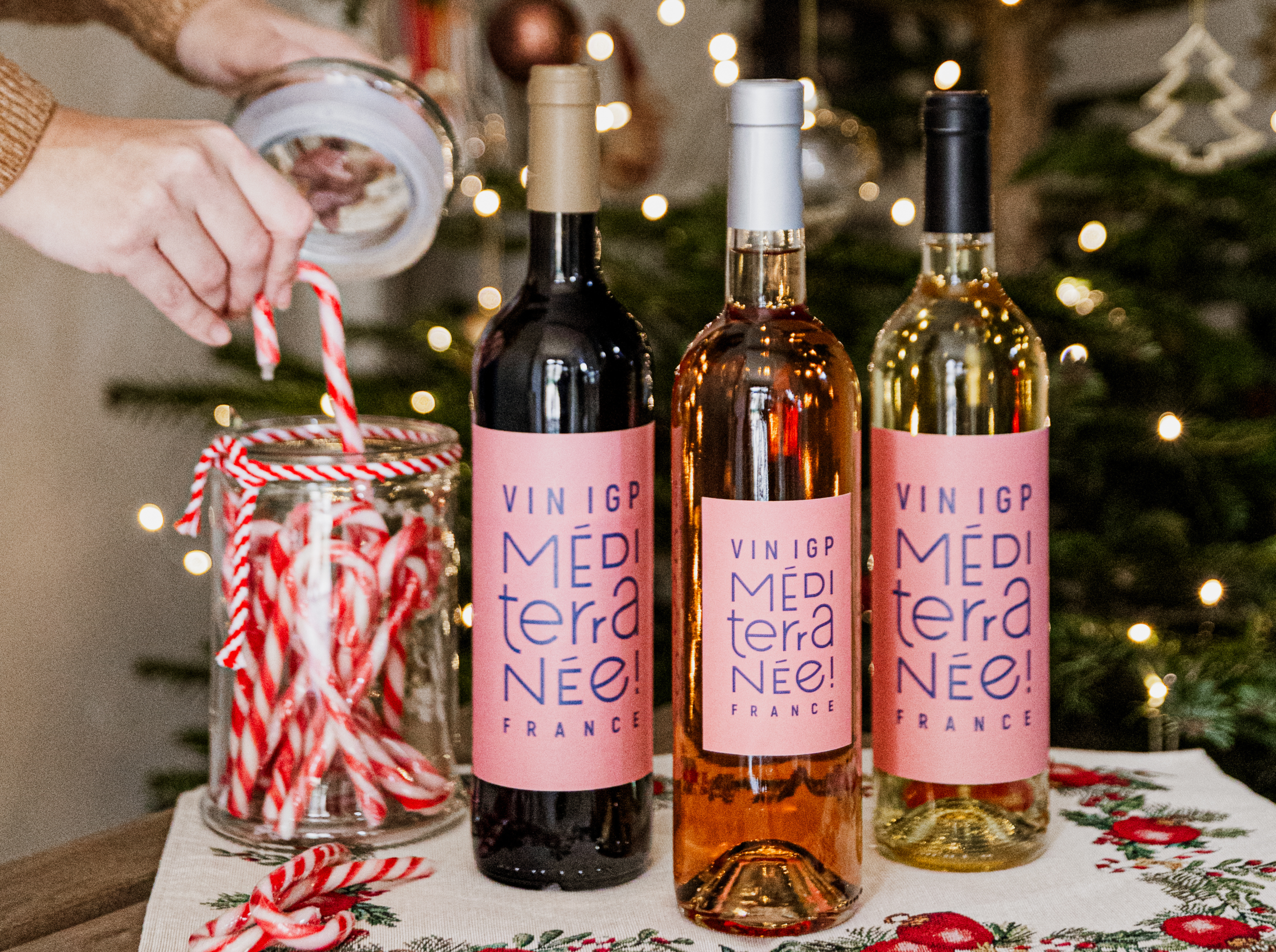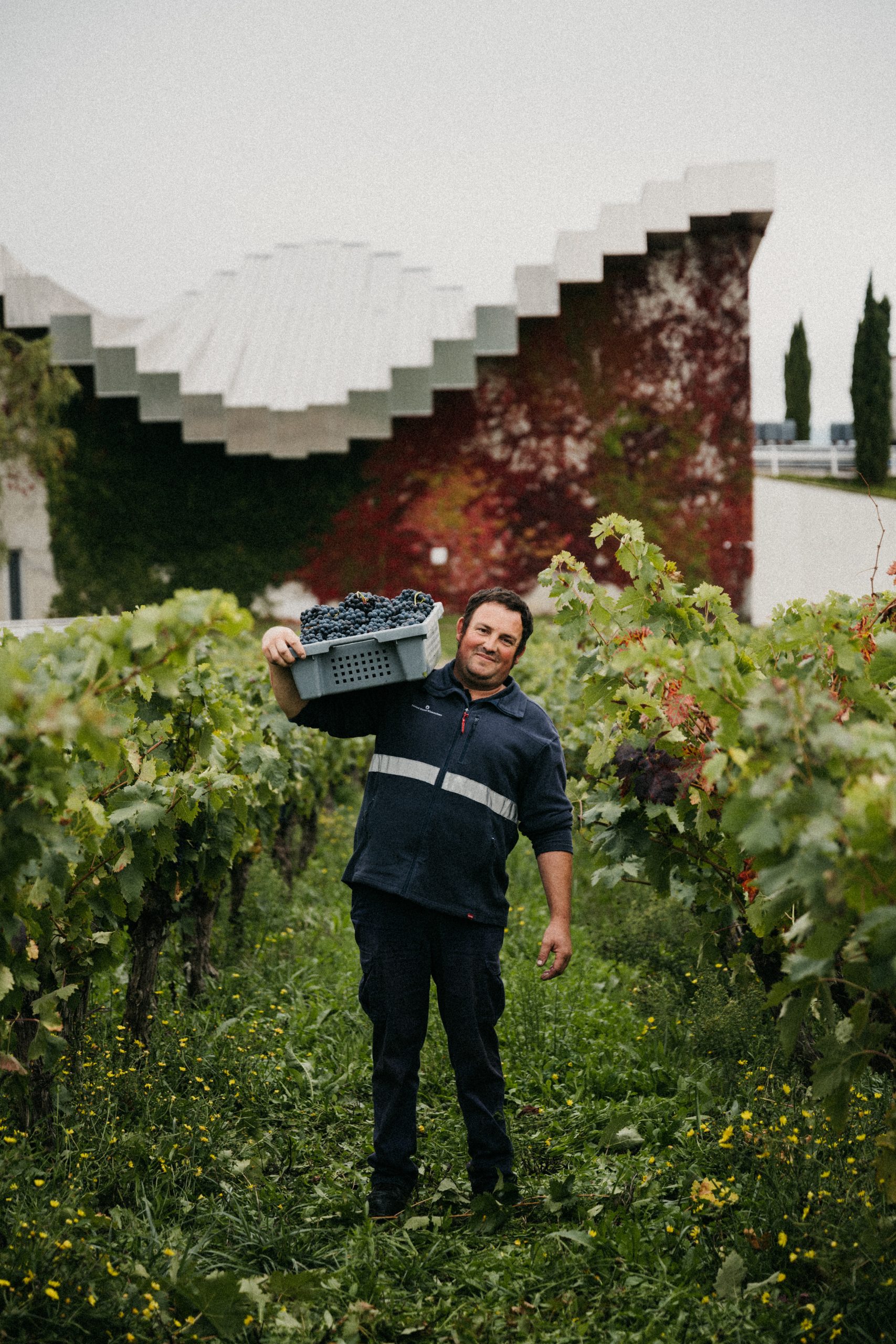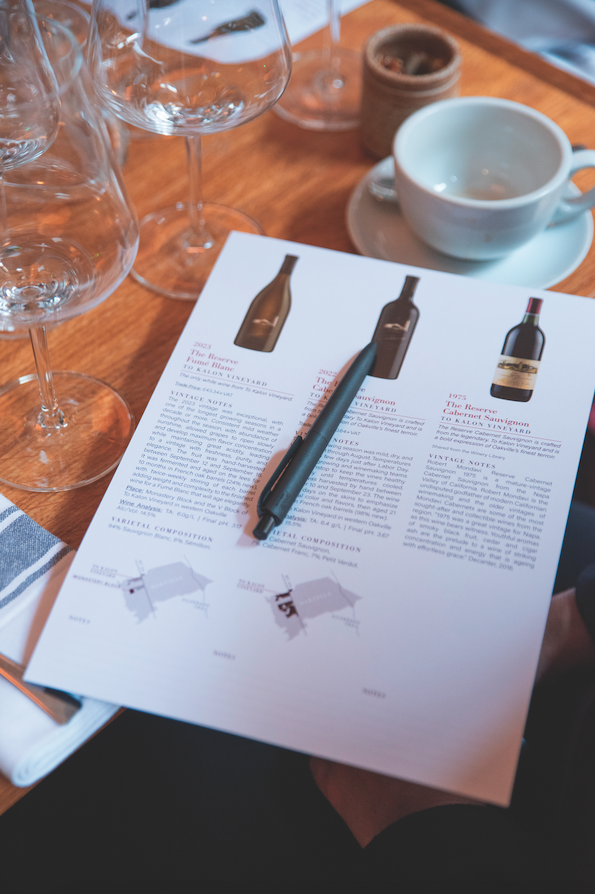db reader: Gruet’s sparkling project thriving in New Mexico
The scenario evokes images of a Hollywood film script: in 1984 a family from Champagne decides to start making sparkling wine in the desert land of New Mexico in America’s Southwest, writes Roger Morris.
Over the years, the enterprise prospers, growing into a major producer of critically acclaimed American sparkling wine, but it’s not until 30 years later that it finally discovers its cru vineyard on a reservation owned by Native Americans, a tribe who not only has a farming heritage but has also developed a very sophisticated business plan.
“I think it will become Gruet’s best vineyard,” says 53-year-old Laurent Gruet, while taking me on a tour of the 30-acre Tamaya site located a few miles north of Albuquerque, New Mexico’s largest city and Gruet’s headquarters.
Gruet has run the family winery with his sister Nathalie since the beginning. “We not only own the land but also have the water rights,” explains Santa Ana Governor Glenn Tenorio as we climb a promontory overlooking the undulating vineyards. “What better way to use them than growing grapes for wine?”
The Tamaya location has poor soils that drive the grapes’ roots deeper in search of nutrients and is located in an amphitheater at 5,100-foot elevation facing mainly northeast from the foothills of the Sandia Mountains looking across busy Interstate 25.
“We were at first hesitant, because as farmers we were worried about spring frosts,” Gov.Tenorio says, but a regional frost last year surprising spared the location.
Planted in 2013 mainly to classic Champagne grapes – Chardonnay, Pinot Noir and Pinot Meunier – the vineyard yielded its first release this year, a 2016 still rosé, which has already sold out.
Gruet, whose winery produces Pinot Noir and Chardonnay in addition to a range of vintage and non-vintage sparkling wines, admits that he sees the property as a possible Champagne-style cru producing single-vineyard sparkling and table wines.
Partner Content
Additionally, he has a decidedly non-Champagne desire to make a Sauvignon Blanc still wine from the property.
Although the Gruet business entered into a partnership in 2014 with Oregon-based Precept Wine, Laurent Gruet and his nephew, Sofian Himeur, continue to serve as winemaker and assistant winemaker and Nathalie Gruet as president.
Gov. Tenorio explains that centuries ago his people lived in an ancestral village several miles west but migrated to their current location in search of more abundant water.
They began commercial farming operations several years ago as a producer of blue corn products and today have added non-farming ventures in the hospitality area, such as a hotel, casino and golf course.
“But,” he says, “We are still farmers.” In addition to providing vineyard workers, some members of the pueblo – a name applied to many Southwestern Native American homelands – are in training to become winemakers as well, turning their water rights into wine.




